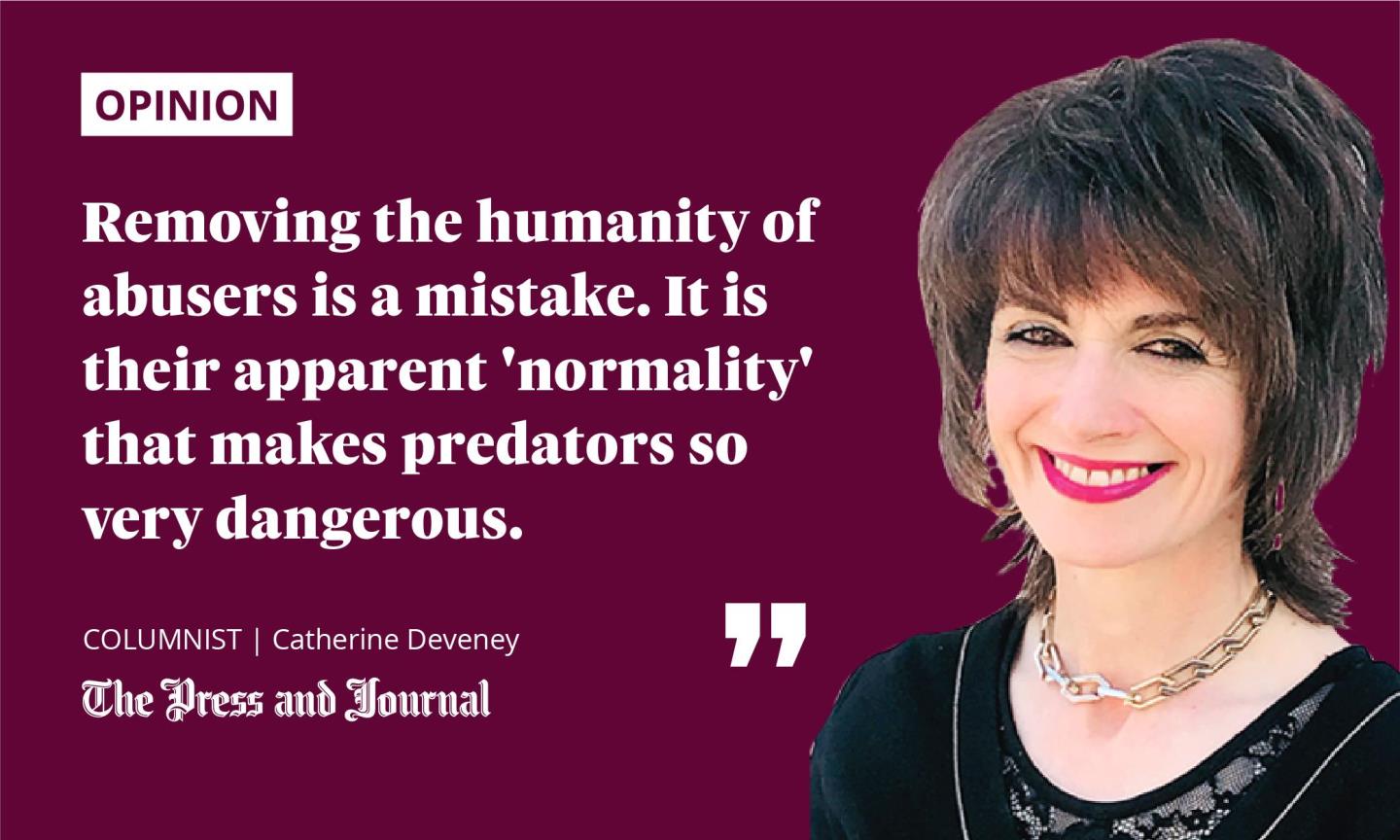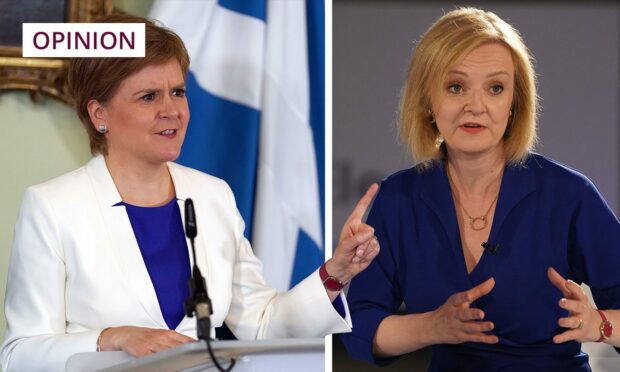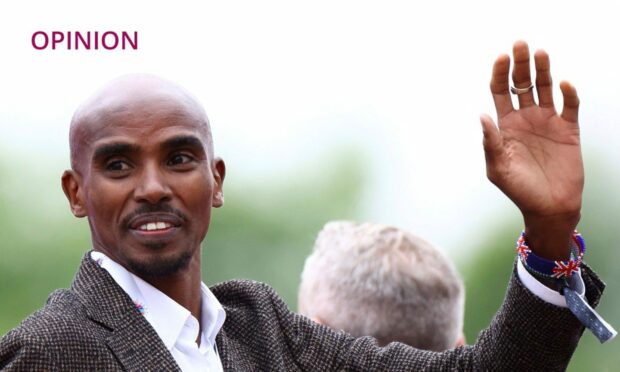The South Africans have a philosophy, brought to world attention by the late Archbishop Desmond Tutu, called “ubuntu”.
Difficult to translate exactly into other languages, it essentially means that our humanity is recognised only when we acknowledge the humanity of others. To be a person, we must uphold the personhood of others.

Useful to keep in mind when assessing this week’s bizarre Twitter spat about paedophilia between Banffshire and Buchan Coast MSP, Karen Adam, and Alba party general secretary, Chris McEleny.
Adam, herself an abuse survivor, tweeted: “Paedophiles and predators are people. Not bogey men under the bed. […] They are our family, friends and colleagues.” In a retort that, if nothing else, underlines the fact that Twitter is not the place for a nuanced discussion of anything, let alone paedophilia, McEleny accused Adam of “normalising paedophiles”.
Paedophiles and predators are people. Not bogey men under the bed. Not Mac wearing flashers in the street, faceless and nameless. They are our family, friends and colleagues. They are not scary monsters. They are people who abuse. It’s uncomfortable to humanise them because 1/2
— Karen Adam MSP (@KarenAdamMSP) December 30, 2021
Whatever the clumsy politicking going on behind McEleny’s comments (the implication appears to be that, as an SNP MSP, Adam should keep her mouth shut on pretty much everything apart from independence) his stance felt like off-target political correctness.
We must stop making monsters out of abusers
We gain nothing by making monsters of abusers. We can abhor them. Be shocked by them. Be angry, sickened, or even vengeful towards them. But removing their humanity is a mistake. It is their apparent “normality” that makes predators so very dangerous.
What if the abuser is your relative? Or your teacher? In fact, what if the abuser is the ultimate safety symbol: your clergyman?
This week, I spoke with an abuse survivor known publicly only as A711 – her submission number to an abuse inquiry – in preparation for a forthcoming online conference on abuse. While the number protects her identity, it also dehumanises, plays into the notion of the abused being a group of “others”. In reality, “the abused” are me, you, and the neighbour next door.
So let’s call A711 “Anne”. As a 15-year-old, Anne was groomed then abused for years by a priest in his late 30s. Her unsuspecting parents unwittingly colluded with his manipulations, allowing unstinted access to her. Why? Because the abuser wasn’t a monster. He was a friend, a professional, a spiritual guide. Why would they suspect him? But he raped their daughter.
Abuse is difficult to understand from the outside
Abuse is about power and control and, so often, people who have not experienced its twisted dynamic cannot understand it. From a position of their own strength, they even ask why the victim “allowed” the abuse. Why were they silent? Why did they not report it at the time?
These questions have very complex answers but, if you want a real insight into the control an abuser can exercise, it is in Anne’s choice of “escape”. She entered a convent for nine years. Her decision meant safety: the priest could not access her.
Sick individuals are one thing; sick institutions are even harder to handle
Later, there would be years of psychotherapy to process her trauma more appropriately. “Therapy taught me that I had an adult self,” Anne explains. An adult self that, unlike the child, no longer needed to hide. Until, that is, her mother died in 2015 and flashbacks made things spiral out of control again. Anne decided she needed to report the abuse to the church.
As a lifelong Catholic – and ex-nun – she thought she would be heard. But what followed was a shocking catalogue of rejection, disdain, and insensitivity, completely at odds with the church’s own policies and guidelines.
Individuals may be monstrous in the abuse of their power, but so, too, are organisations. Sick individuals are one thing; sick institutions are even harder to handle.
We cannot strip people of their personhood
Following a lengthy battle, the church settled out of court. Afterwards, Anne used a GDPR request to access all the emails written about her. She is a quiet, dignified woman, yet people who had never met or spoken directly to her, described her as “needy”, “manipulative”, even “a bully” because she refused to give up or give in.
After reading the file, Anne sued again for damages, a case her lawyer believed unique. The case, however, did not set a legal precedent because, once more, the church settled behind closed doors.
The philosophy of ubuntu is important on both sides of the abuse issue. In the supposed “safeguarding” process, Anne was stripped of personhood. She became a threat, an irritation, a number. An enemy, even.
Dehumanising perpetrators encourages shocking complacency about exactly who abusers are. Dehumanising victims allows them to be abused all over again, by people who should know better.
- “Anne” will be interviewed in a free online session on Saturday January 15 from 10am to 11.30am, along with author Brian Devlin, who will discuss his part in the Cardinal Keith O’Brian story. You can register to watch at rootandbranchsynod.org
Catherine Deveney is an award-winning investigative journalist, novelist and television presenter








